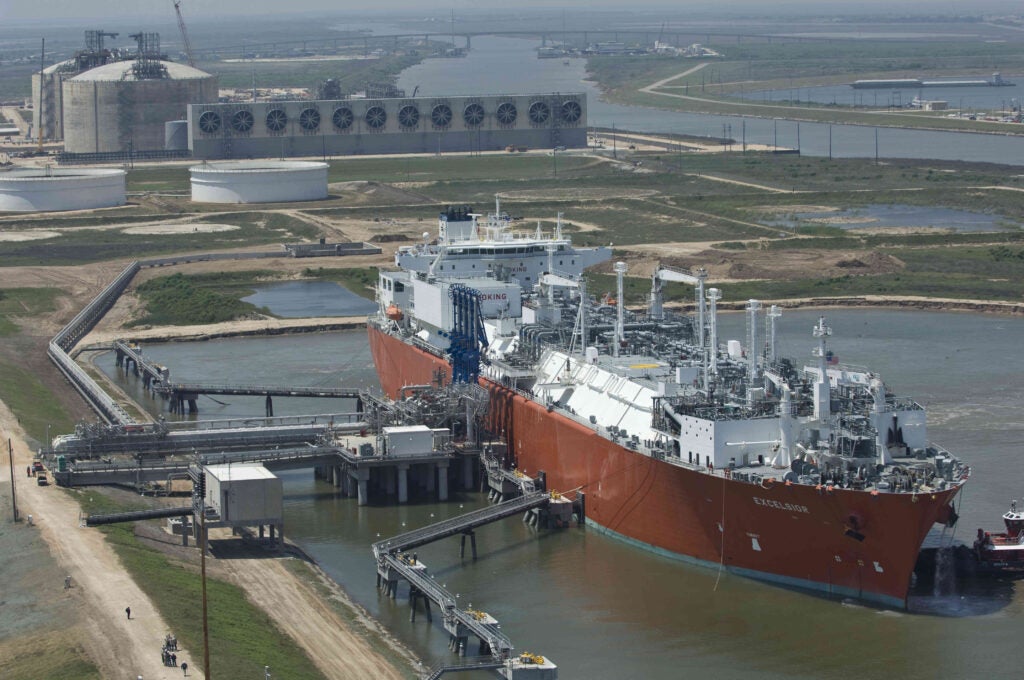Oil prices have increased in the wake of a dip in US commercial crude stockpiles and a supply disruption in Libya.
Brent crude futures, the international benchmark, jumped 70 cents to reach $75.78 a barrel, while US light crude climbed 60 cents, trading at $65.67, Reuters reported.
According to data released by industry group the American Petroleum Institute, US crude inventories declined three million barrels to touch 430.6 million barrels in the week ending 15 June.
The dip in the Libyan supplies was caused by the loss of an estimated 400,000 barrels of storage capacity after militant attacks on Ras Lanuf and Al-Sidra.
Investors are wary ahead of a meeting to be held in Vienna, Austria, between the Organization of the Petroleum Exporting Countries (OPEC) and Russia to decide future production policy.
Major oil producers Saudi Arabia and Russia are inclined to raise output, while other OPEC-members, including Iran, are not keen on the move as they fear any increase in production could pull down the prices.
How well do you really know your competitors?
Access the most comprehensive Company Profiles on the market, powered by GlobalData. Save hours of research. Gain competitive edge.

Thank you!
Your download email will arrive shortly
Not ready to buy yet? Download a free sample
We are confident about the unique quality of our Company Profiles. However, we want you to make the most beneficial decision for your business, so we offer a free sample that you can download by submitting the below form
By GlobalDataThe OPEC-led producers group has been implementing supply cuts since January last year.
French bank BNP Paribas global oil strategy head Harry Tchilinguirian was quoted by the news agency as saying: “Unlike previous meetings, the run up to this OPEC meeting is fraught with uncertainty with Iran from the onset, adopting a very entrenched opposition to any supply increase.”
According to Cantor Fitzgerald Europe oil and gas research analyst Jack Allardyce, OPEC would agree to step up output by 300,000-600,000 barrels per day.
Another major factor impacting oil prices is the escalating tensions between the US and China regarding trade tariffs on products, including US crude oil.
China threatened to impose a 25% duty on US crude oil imports in response to duties announced by the US administration on Chinese imports.





